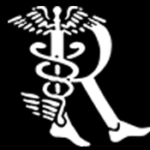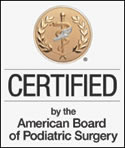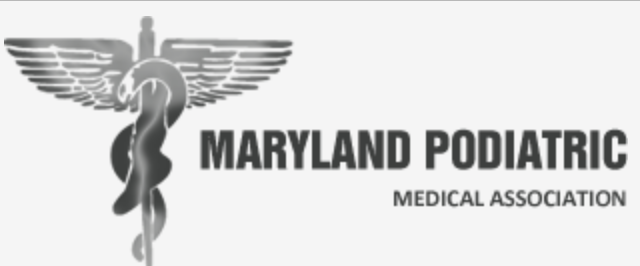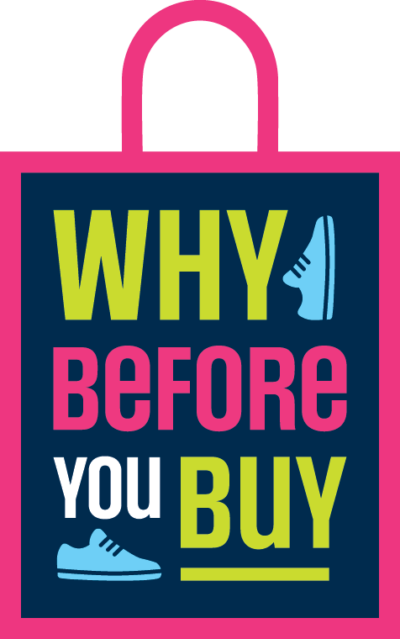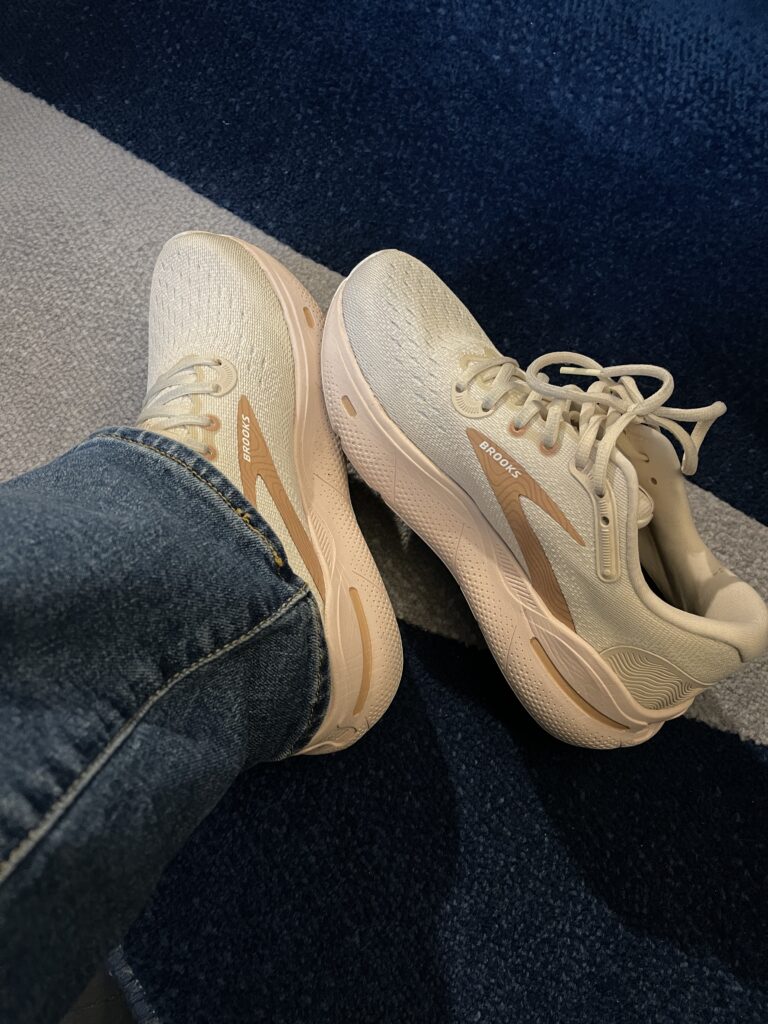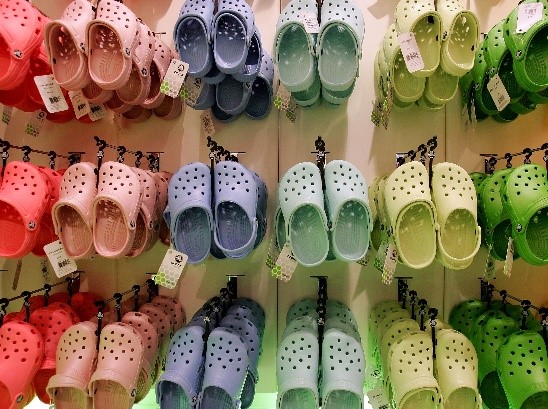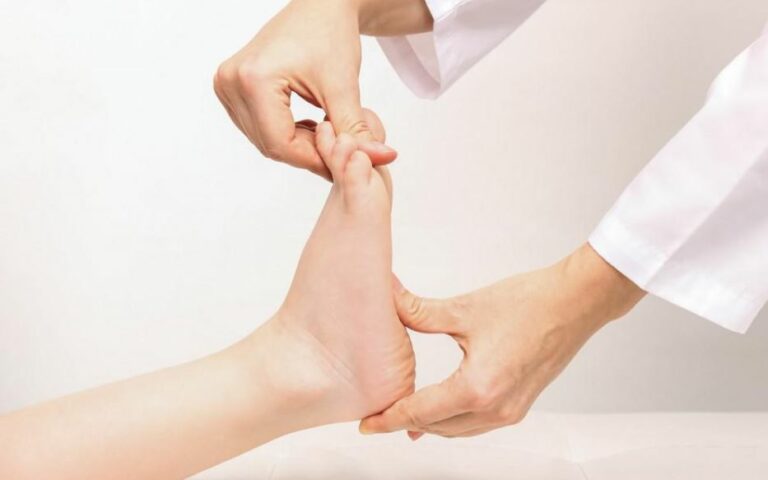You change as you age, but so do your feet
If you want to age gracefully, it is also important to maintain foot health in order to help you properly move about. Mobility is important for gaining the independence that is needed to help our aging population remain active and healthy. Foot ailments make it difficult and sometimes impossible to work or participate in social activities. Just as you need to prepare a newborn’s health by visiting doctors, you need to maintain proper foot health to prevent various foot ailments that could disrupt your life.
Foot problems can be prevented
There are more than 300 different foot ailments and some can even be traced back to heredity, with the majority of foot pain being treated by your podiatrist to eliminate any problems. For the aging population, most of these foot ailments stem from the cumulative years of neglect or abuse, but even people in their retirement years, foot problems can be treated successfully, and pain relieved.
As a person ages, their feet tend to spread and lose the fatty pads that cushion the bottom of the feet. Additional weight can also affect the bone and ligament structure. Older people, consequently, should have their feet measured for shoe sizes more frequently, rather than assuming that their shoe sizes remain constant. Observing preventive foot health care has many benefits for you, the patient. Preventive measures can increase comfort, limit the possibility of additional medical problems, reduce the chances of hospitalization because of infection, and lessen requirements for other institutional care.
Remember these health tips for feet
When it comes to your feet, it is important to take extra precautions and properly care for your feet. Some common foot health tips include:
- Properly fitted shoes are essential; an astonishing number of people wear shoes that
don’t fit right, and cause serious foot problems. - Bathe your feet daily in lukewarm (not hot) water, using a mild soap, preferably one
containing moisturizers, or use a moisturizer separately. - Trim or file your toenails straight across.
- Pantyhose or stockings should be of the correct size and preferably free of seams.
- A shoe with a firm sole and soft upper is best for daily activities.
- Shop for shoes in the afternoon; feet tend to swell during the day.
- Walking is the best exercise for your feet.
- Do not wear constricting garters or tie your stockings in knots.
- Never cut corns and calluses with a razor, pocket knife, or other such instrument;
use over-the-counter foot products only with the advice of a podiatrist. - Inspect your feet every day or have someone do this for you. If you notice any redness,
swelling, cracks in the skin, or sores, consult your podiatrist. - Have your feet examined by a DPM at least twice a year.
Contact us at Renaissance Foot & Ankle Center, PC in Greenbelt, MD for more information on how you can better prepare your feet for optimal health as you age. And remember, pain is not something you should live with.
